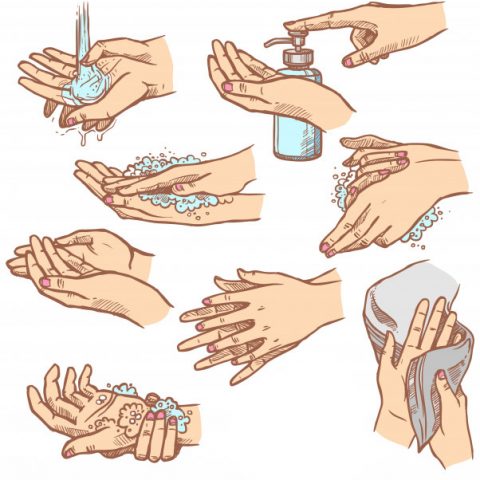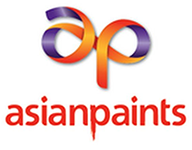What is Coronavirus?
Coronavirus also known as COVID-19 is a kind of common virus that causes an infection in your nose, sinuses, or upper throat. The infection that causes COVID-19 is predominantly transmitted through droplets created when a tainted individual hacks, wheezes, or breathes out. These beads are too substantial to even think about hanging noticeable all around, and rapidly fall on floors or surfaces.
Sign and Symptoms of COVID 19
Many doctors and scientists have said, COVID-19 affects different people in different ways.
The most common symptoms are fever, dry cough, and tiredness. Usually, find in children and young age people.
Less common symptoms are aches and pains, sore throat, diarrhea, conjunctivitis, headache, loss of taste or smell, a rash on skin, or discoloration of fingers or toes.
Crucial symptoms are difficulty breathing or shortness of breath, chest pain or pressure, and loss of speech or movement. And these symptoms are highly seen in old age people.










